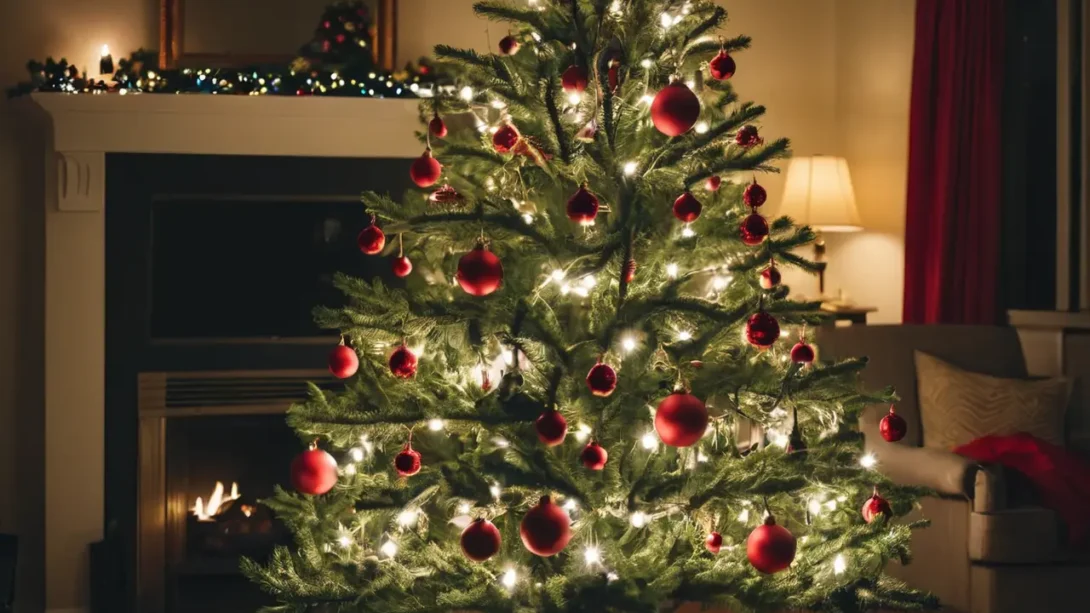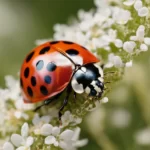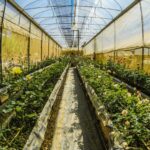The arrival of a Christmas tree into the home marks the beginning of the festive season, adding warmth and cheer to the atmosphere. However, there’s nothing more disheartening than noticing your beautiful tree beginning to wilt prematurely, despite your efforts to keep it hydrated. Understanding why your Christmas tree isn’t drinking water is crucial for preserving its freshness and ensuring it remains a focal point of holiday joy.
Importance of Water for Christmas Trees
The vitality and longevity of a Christmas tree are heavily reliant on its ability to absorb water. Just like any other living plant, Christmas trees need water to stay hydrated and maintain their vibrant green color. Water serves as a lifeline for the tree, providing essential nutrients and preventing needle loss.
Recognizing the signs of a tree not drinking water is the first step in troubleshooting the issue. Common indicators include drooping branches, dry and brittle needles, and an overall lack of freshness in appearance. If left unaddressed, a tree deprived of water can deteriorate rapidly, diminishing its visual appeal and festive charm. Therefore, it’s essential to identify and remedy the underlying reasons behind inadequate water intake to salvage your holiday centerpiece.
Common Reasons Your Christmas Tree Isn’t Drinking Water
Despite your best intentions and efforts to provide adequate hydration, several factors can hinder a Christmas tree’s ability to absorb water effectively. Understanding these common reasons can help you pinpoint the issue and take appropriate corrective measures:
Blocked or Clogged Trunk
One of the primary culprits behind a tree’s inability to drink water is a blocked or clogged trunk. When the tree is first harvested, sap oozes from the cut end, sealing it off and forming a natural barrier that inhibits water absorption. Additionally, debris such as sawdust or dirt may accumulate in the trunk, further impeding the flow of water.
Improper Tree Preparation
Inadequate preparation of the tree before installation can also contribute to water intake problems. Failure to make a fresh cut at the base of the trunk upon bringing the tree home prevents it from taking in water efficiently. Without a clean, slanted cut, the tree’s vascular system remains compromised, hindering water uptake.
Environmental Factors
Environmental conditions play a significant role in determining a Christmas tree’s water intake. Fluctuations in temperature and humidity levels within the home can impact the tree’s ability to retain moisture. Dry indoor air, especially when coupled with exposure to direct heat sources like radiators or fireplaces, accelerates moisture loss from the tree, leading to dehydration.
Tree Species and Water Intake Capacity
Different species of Christmas trees exhibit varying levels of water intake capacity. While some species, such as Fraser fir and Douglas fir, are known for their excellent needle retention and water absorption abilities, others may struggle to drink water effectively. Understanding the specific needs and characteristics of your chosen tree species is essential for optimizing water uptake and prolonging its freshness.
Troubleshooting Techniques
Now that we’ve identified some common reasons why your Christmas tree may not be drinking water, let’s explore practical troubleshooting techniques to address these issues and revive your tree’s vitality:
Checking for Blockages in the Trunk
Begin by inspecting the base of the tree for any obstructions that may be hindering water flow. Remove any accumulated debris, such as sawdust or dirt, and ensure that the trunk is clean and free from blockages. If the trunk appears sealed with sap, consider making a fresh, slanted cut to promote better water absorption.
Properly Trimming the Trunk
If your tree wasn’t freshly cut before installation, it’s essential to trim the base of the trunk to create a clean surface for water uptake. Using a sharp saw or pruning shears, remove approximately half an inch to an inch from the bottom of the trunk. This fresh cut exposes the tree’s vascular tissue, allowing for improved water absorption.
Adjusting Environmental Conditions
Take steps to create a favorable environment for your Christmas tree by regulating temperature and humidity levels. Avoid placing the tree near heat sources or drafty areas, as these can accelerate moisture loss. Using a humidifier or misting the tree’s foliage with water can help maintain adequate humidity levels and prevent dehydration.
Tree Species Needs
Different tree species have unique requirements when it comes to water intake and care. Research the specific characteristics of your chosen tree species and adjust your watering routine accordingly. Some trees may require more frequent watering, while others can thrive with less maintenance. By tailoring your care approach to meet the needs of your tree species, you can ensure optimal hydration and longevity.
By implementing these troubleshooting techniques and addressing any underlying issues, you can revive your Christmas tree and prolong its beauty throughout the holiday season. Remember to monitor water levels regularly and provide ongoing care to keep your tree looking fresh and vibrant for weeks to come. With proper attention and maintenance, your Christmas tree will continue to spread joy and cheer in your home during this festive time of year.



